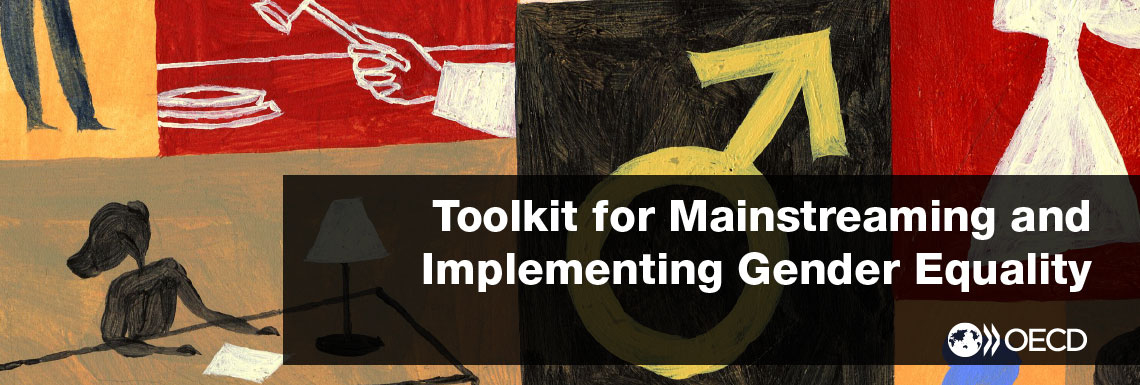Recruitment, selection and hiring processes are guided by gender equality principles
SELF-ASSESSMENT QUESTION
- Is there an explicit requirement for the recruitment, selection and hiring processes to be guided by gender equality principles?
- Are there specific measures in place ensuring the promotion of merit-based recruitment and staffing processes?
- Are public employment recruitment and staffing practices continuously monitored and evaluated for gender balance?
WHY IS IT IMPORTANT?
A diverse and gender-balanced public sector is not only more representative, but is also associated with higher productivity and creativity, more sensible policy design, more inclusive policies and programmes, improved public confidence in government and public administration.
Diverse and gender-balanced public sector can also facilitate sector’s branding and renewal. While the public sector is seen as more women- and family-friendly than the private sector, evidence suggests the persistence of systemic barriers in hiring and staffing processes. Removing these barriers and promoting merit-based recruitment and staffing processes can help to attract new and more diverse talent at entry, management and leadership levels. Targeted recruitment campaigns can also improve public employment gender balance. Making corporate culture more inclusive of both women and men is important for attracting and retaining public employees. .
In many countries, the public sector is the largest national employer. As the developer and implementer of public policies, the public sector has an obligation to act as a model employer, including in promoting gender equality. Strengthening transparency and meritocracy in recruiting and staffing processes will also help increase the number of women in leadership positions and thus further improve the gender equality in the public sector and beyond.
ACTIONS TO CONSIDER
- Establishing clear accountability mechanisms in public sector institutions for promoting and respecting gender balance and diversity in recruitment and hiring processes;
- Including gender balance among key objectives in human resources management strategic and operations plans;
- Strengthening transparency and meritocracy in recruiting processes to enable qualified candidates to compete for senior level positions;
- Developing concrete measures to ensure the effective removal of the systemic barriers within hiring and staffing processes, including caregiver bias in employment decisions;
- Considering incorporating gender equality targets – quotas - in senior leaders and middle managers’ performance agreements for recruitment and retention of employees from under- represented in public employment groups;
- Reporting regularly on meeting recruitment and hiring targets;
- Regularly assessing the public sector workforce for gender balance, in all job categories and levels;
- Actively promoting a diverse public sector workforce to attract new talent to the civil service.
PITFALLS TO AVOID
- Insufficient recognition of gender biases in recruitment and hiring processes;
- Omitting to provide free-of-gender-bias specialised training to public sector recruiting and hiring managers.
COUNTRY EXAMPLES
Canada
Canada has adopted an initiative by the Public Service Commission of Canada to test the sustainability and effectiveness of applying name-blind recruitment techniques in the federal public service. The project will compare outcomes associated with traditional screening of applicants with screening in which managers are blinded to applicants’ names. Six departments are taking part in the initiative which aims to reduce any unconscious bias in the hiring process and to strengthen diversity and inclusion in the public service by attracting, hiring and retaining the full range of talented people.
France: A verification process on the non-discriminatory nature of recruitment
In France, a Memorandum of Understanding on the professional equality between women and men in the civil service, signed in 2013, has determined the following measures for the verification process on the non-discriminatory nature of recruitment:
- Members of the jury for professional exams and members of selection committees must be able to report on their evaluation;
- Specific training will be available for members of the jury for professional exams and administration representatives, e.g.: harmful stereotype awareness; fight against discrimination;
- Gender-disaggregated data on job candidates (registered, present, eligible, and admitted) must be published at the end of each recruitment process. The same will apply to internal promotions;
- Selection committees and professional exam juries will have to respect a minimal quota of 40% for either sex;
The presidency of juries and selection committees will alternate equally between women and men.

